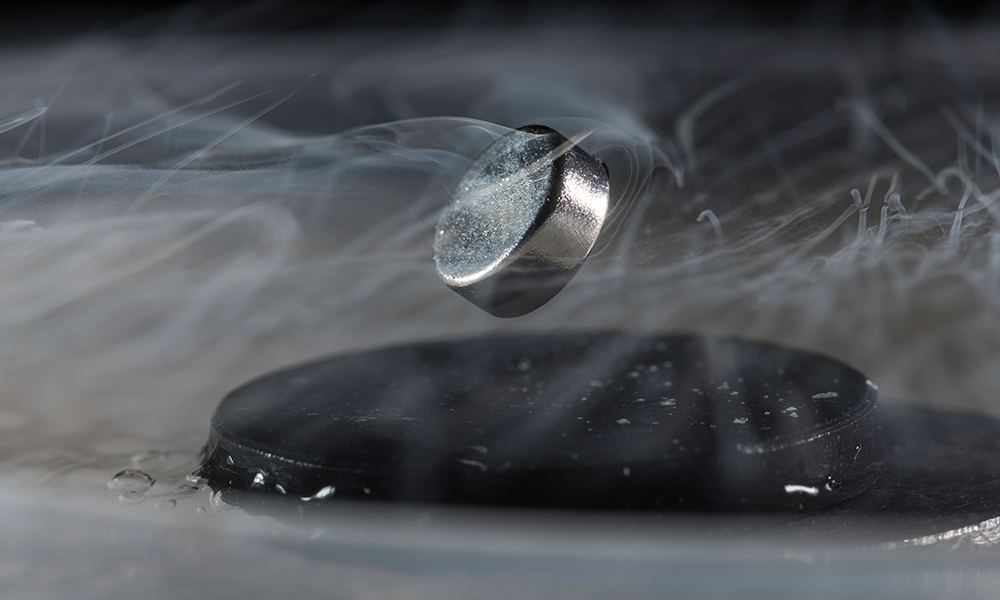
On Wednesday, a paper was released by Nature that describes a mixture of elements that can superconduct at room temperature. The work follows a general trend of finding new ways of stuffing hydrogen into a mixture of other atoms by using extreme pressure. This trend produced a variety of high-temperature superconductors in previous research, though characterizing them was difficult because of the pressures involved. This new chemical, however, superconducts at much lower pressures than previous versions, which should make it easier for others to replicate the work.
The lab that produced the chemical, however, had one of its earlier papers on high-temperature superconductivity retracted due to a lack of details regarding one of its key measurements. So, it's a fair bet that many other researchers will try to replicate it.
Low(ish)-pressure environment
The form of superconductivity involved here requires that electrons partner up with each other, forming what are called Cooper pairs. One of the things that encourages Cooper pair formation is a high-frequency vibration (called a phonon) among the atomic nuclei that these electrons are associated with. That's easier to arrange with light nuclei, and hydrogen is the lightest around. So finding ways to stuff more hydrogen into a chemical is thought to be a viable route toward producing higher-temperature superconductors.
The surest way of doing that, however, involves extreme pressures. These pressures can induce hydrogen to enter the crystal structure of metals or to form hydrogen-rich chemicals that are unstable at lower pressures. Both of these approaches have resulted in chemicals with very high critical temperatures, the highest point at which they'll support superconductivity. While these have approached room temperature, however, the pressures required were multiple Gigapascals—with each Gigapascal being nearly 10,000 times the atmospheric pressure at sea level.
In essence, this involves trading off impractical temperatures for impractical pressures.
The hope, however, was that we could use these chemicals to identify the general principles that produce this sort of hydrogen-rich superconductivity, then use those to identify other chemicals that show similar behavior under conditions that are much easier to maintain.
That's what's going on in the new paper. The research team zeroed in on lutetium based on the fact that the occupancy of its electron orbitals should provide a few more electrons that could potentially participate in forming Cooper pairs, possibly making superconductivity easier. And they added trace amounts of nitrogen in the hope that doping the material would allow the chemical to adopt a configuration that helps stabilize it, potentially lowering the pressures required.



3175x175(CURRENT).thumb.jpg.b05acc060982b36f5891ba728e6d953c.jpg)

Recommended Comments
There are no comments to display.
Join the conversation
You can post now and register later. If you have an account, sign in now to post with your account.
Note: Your post will require moderator approval before it will be visible.